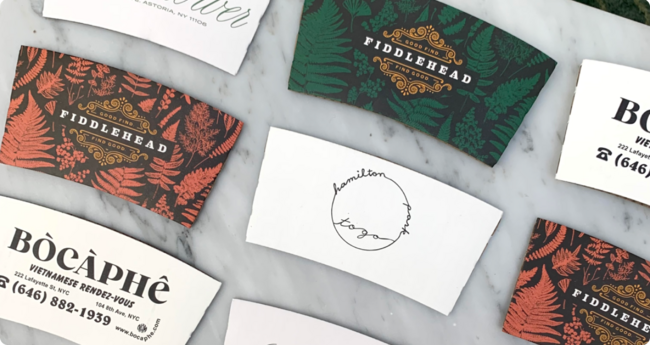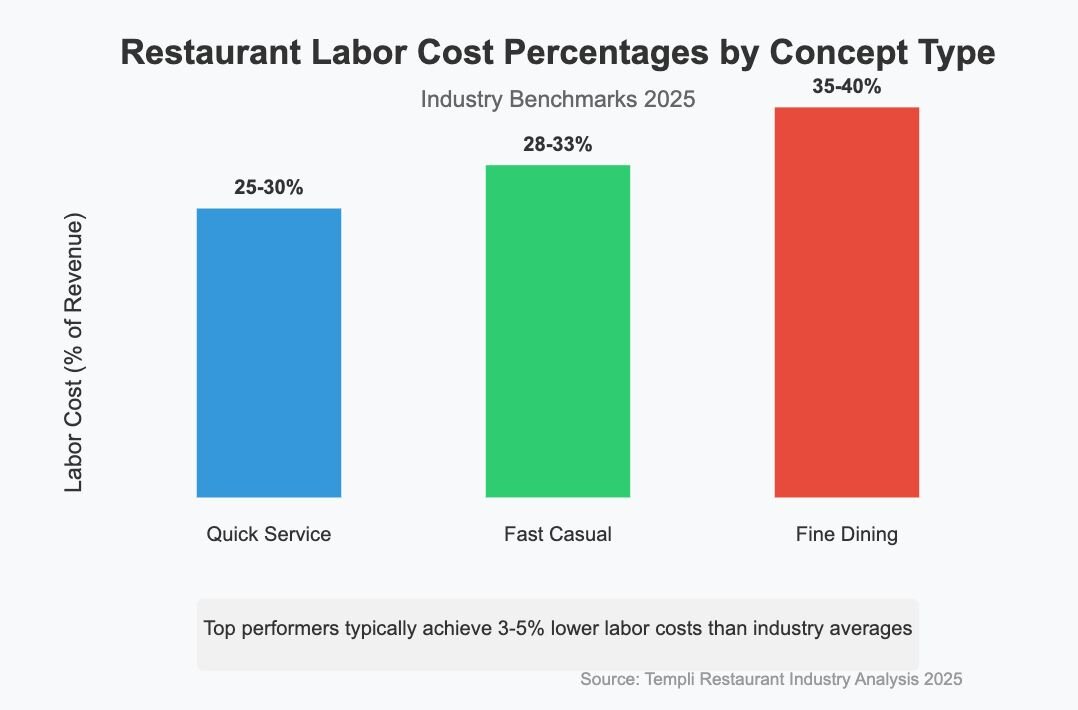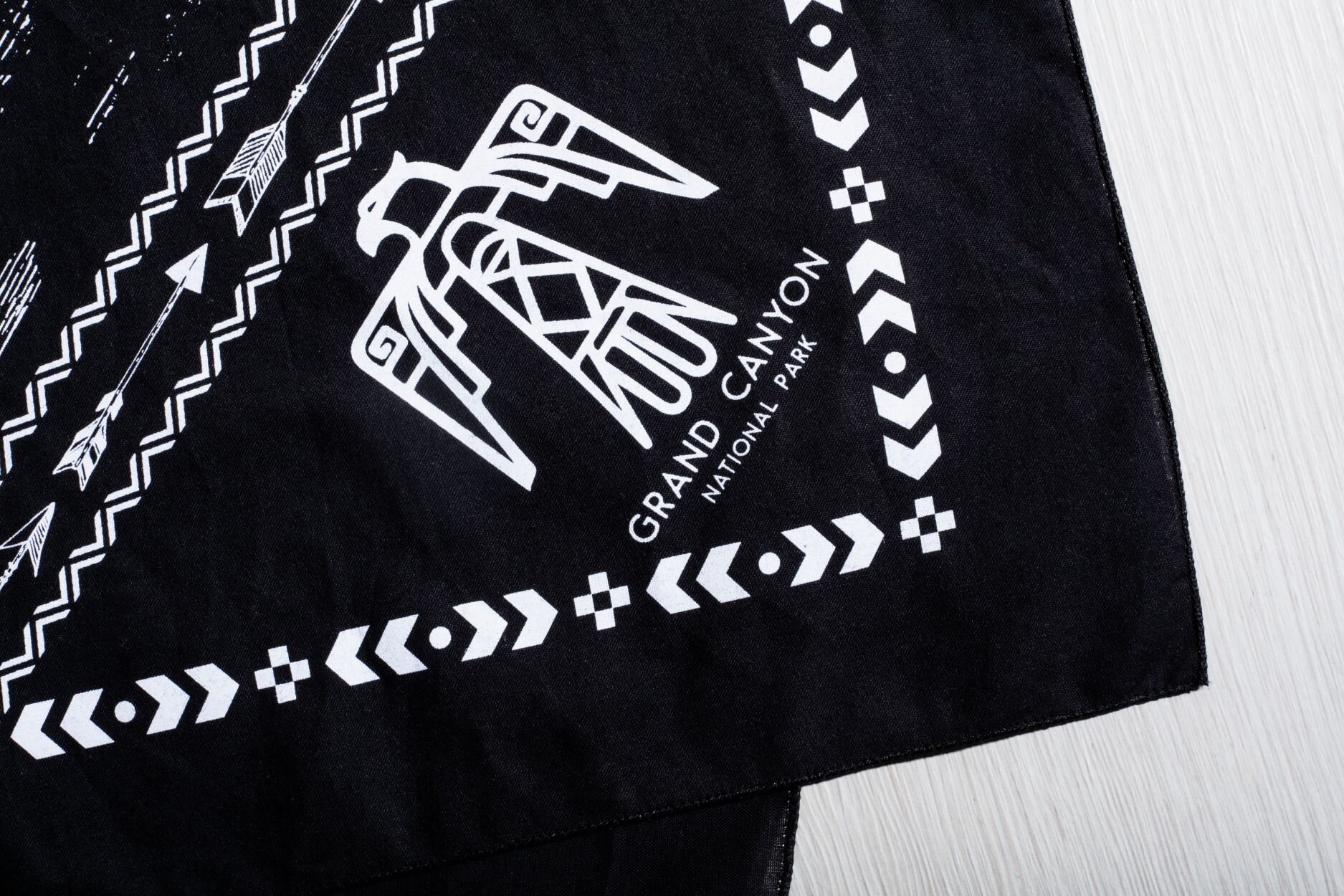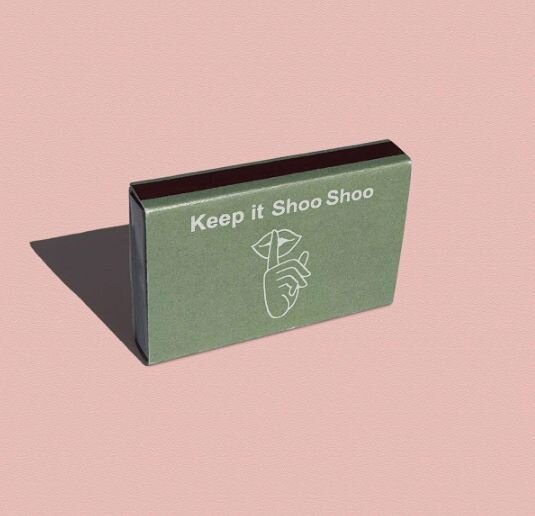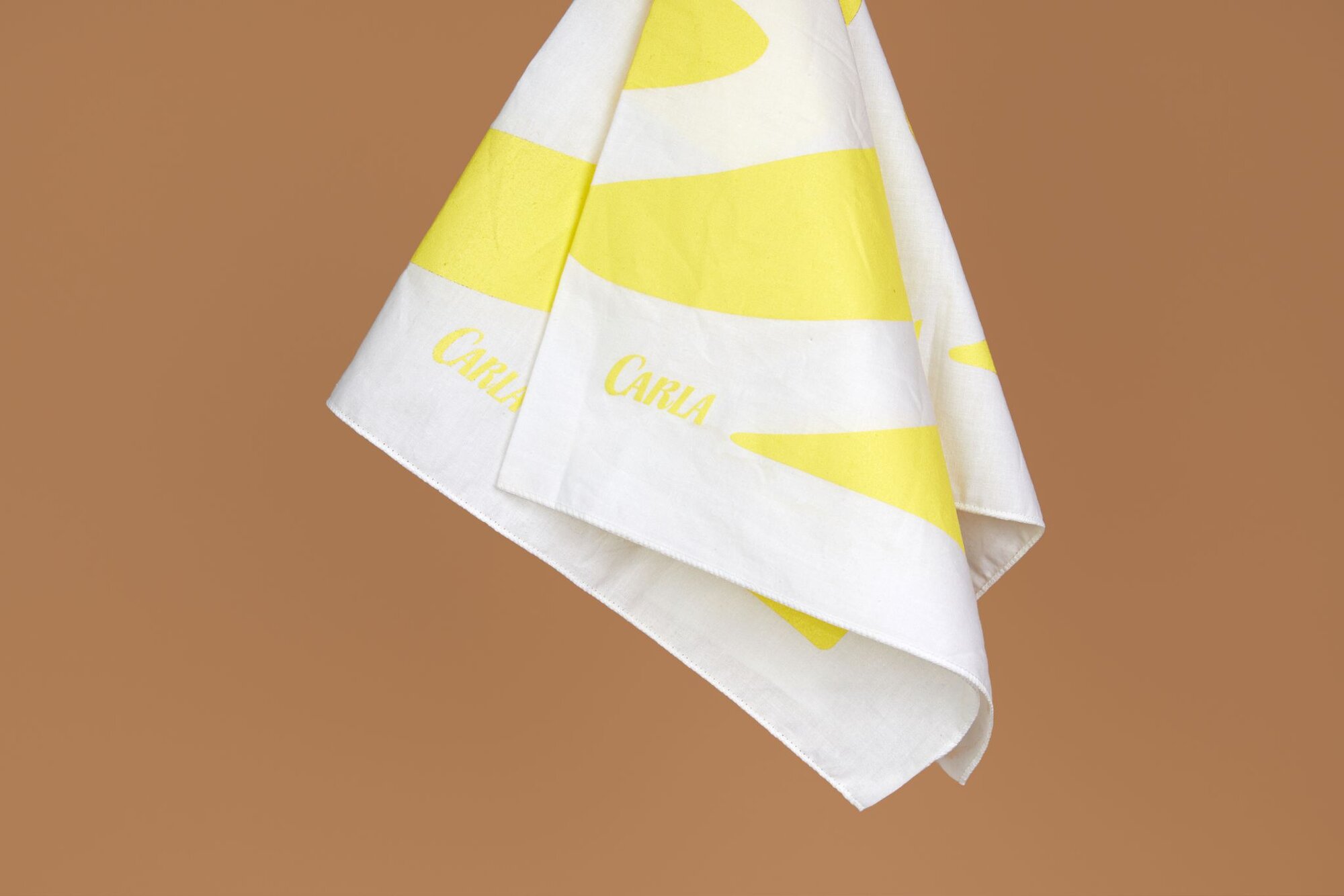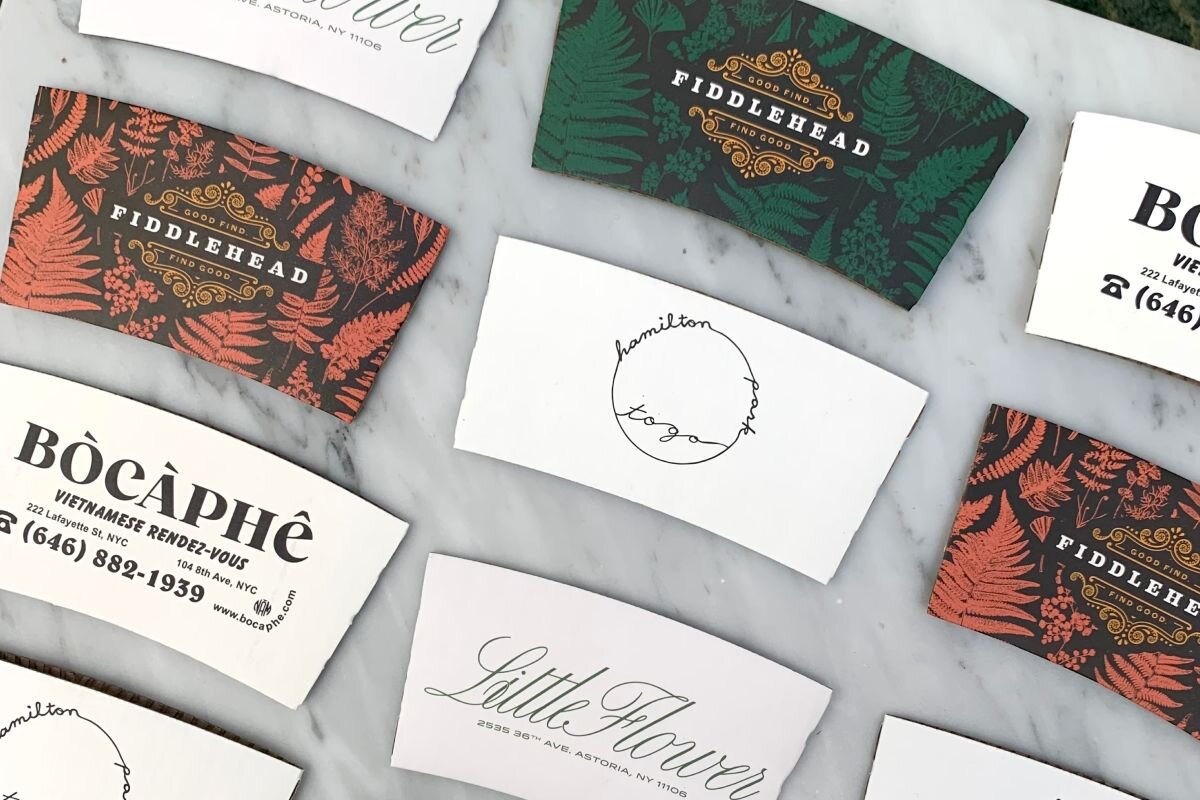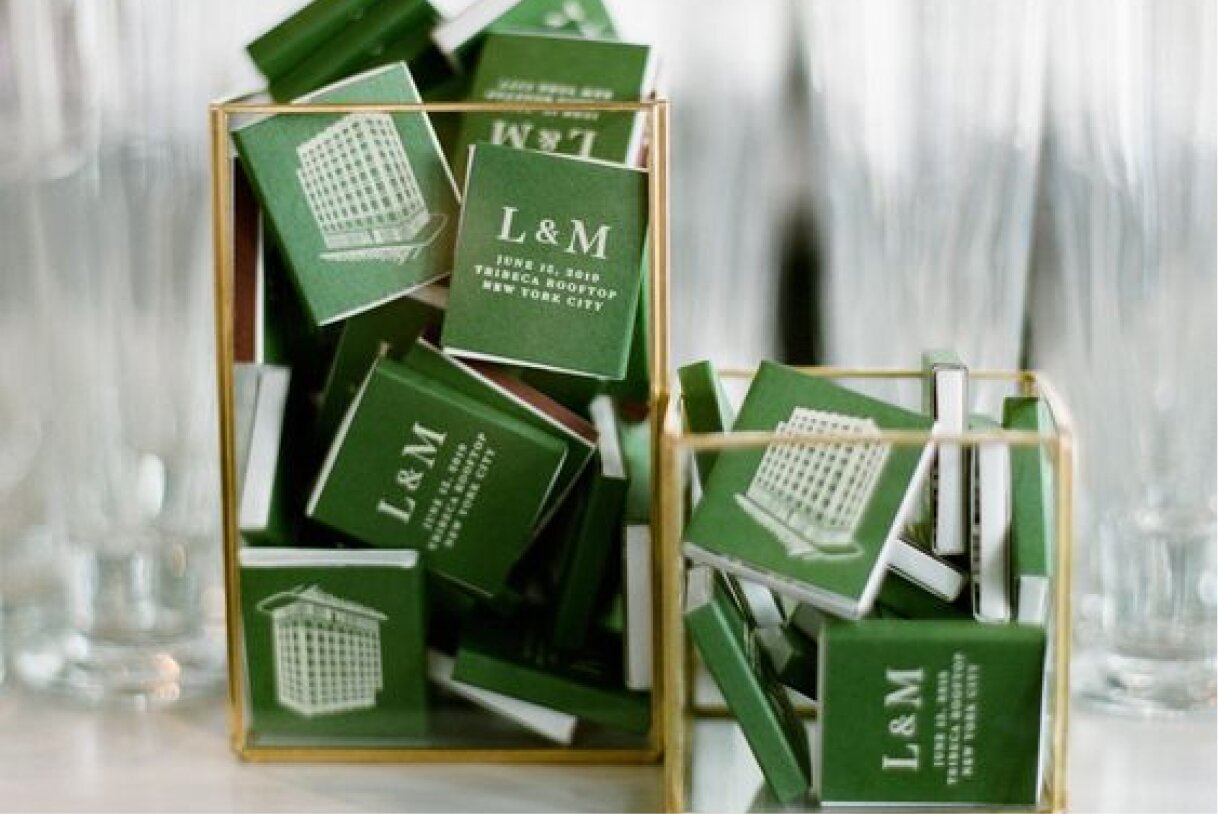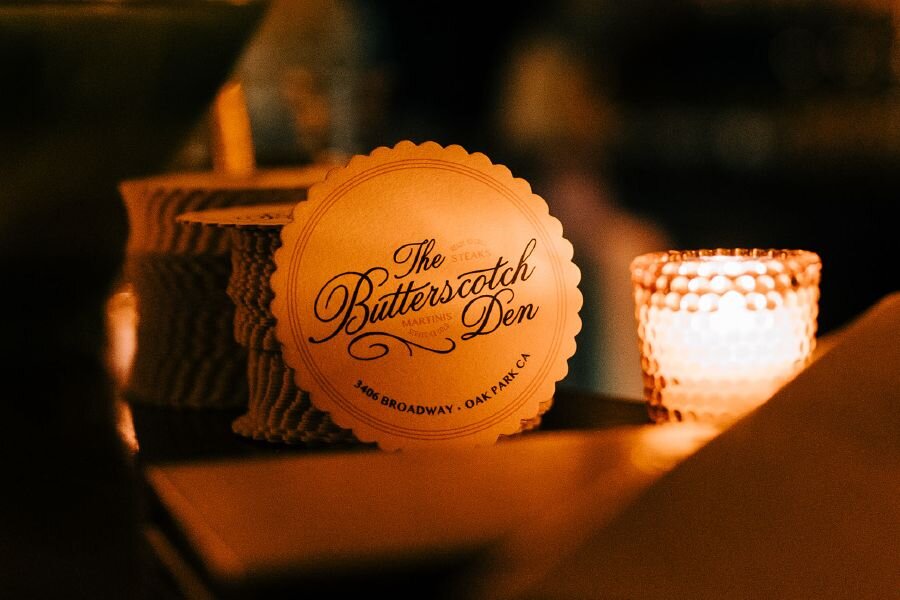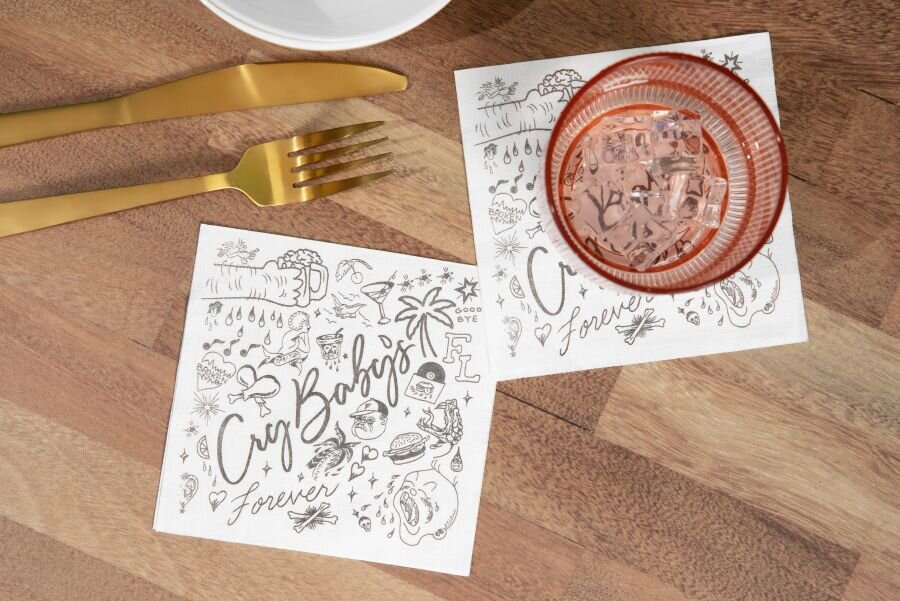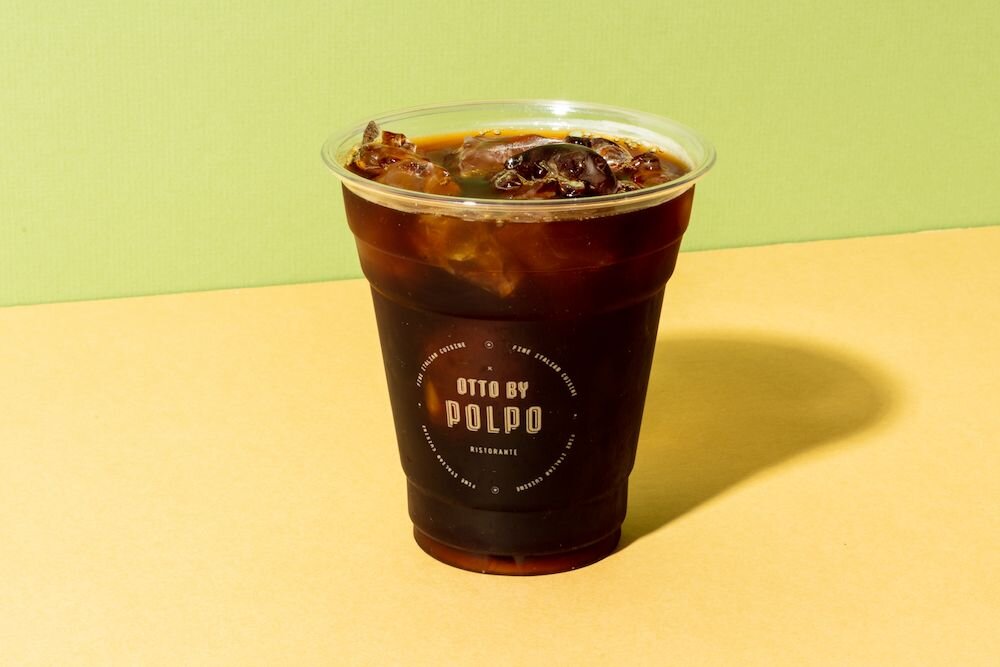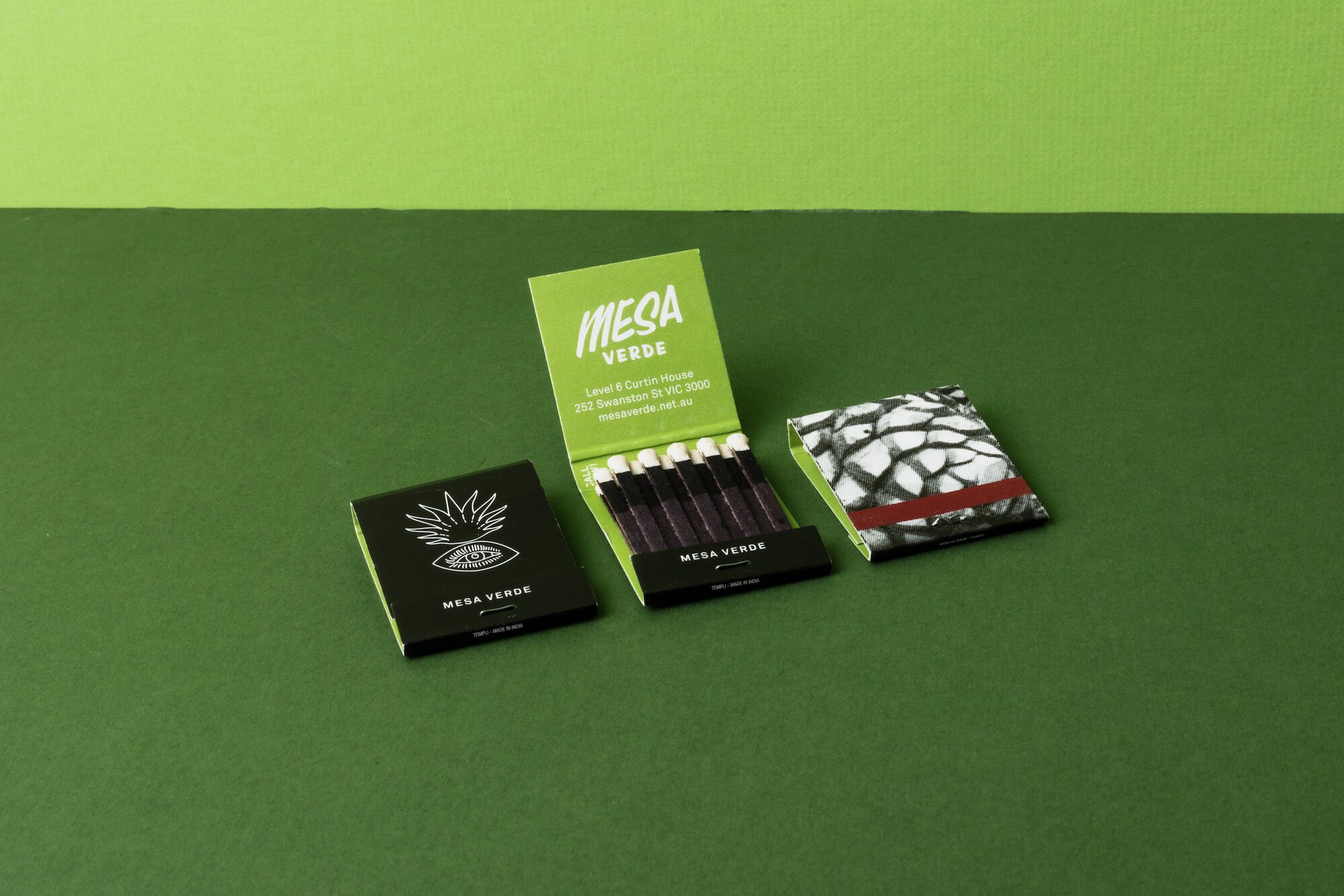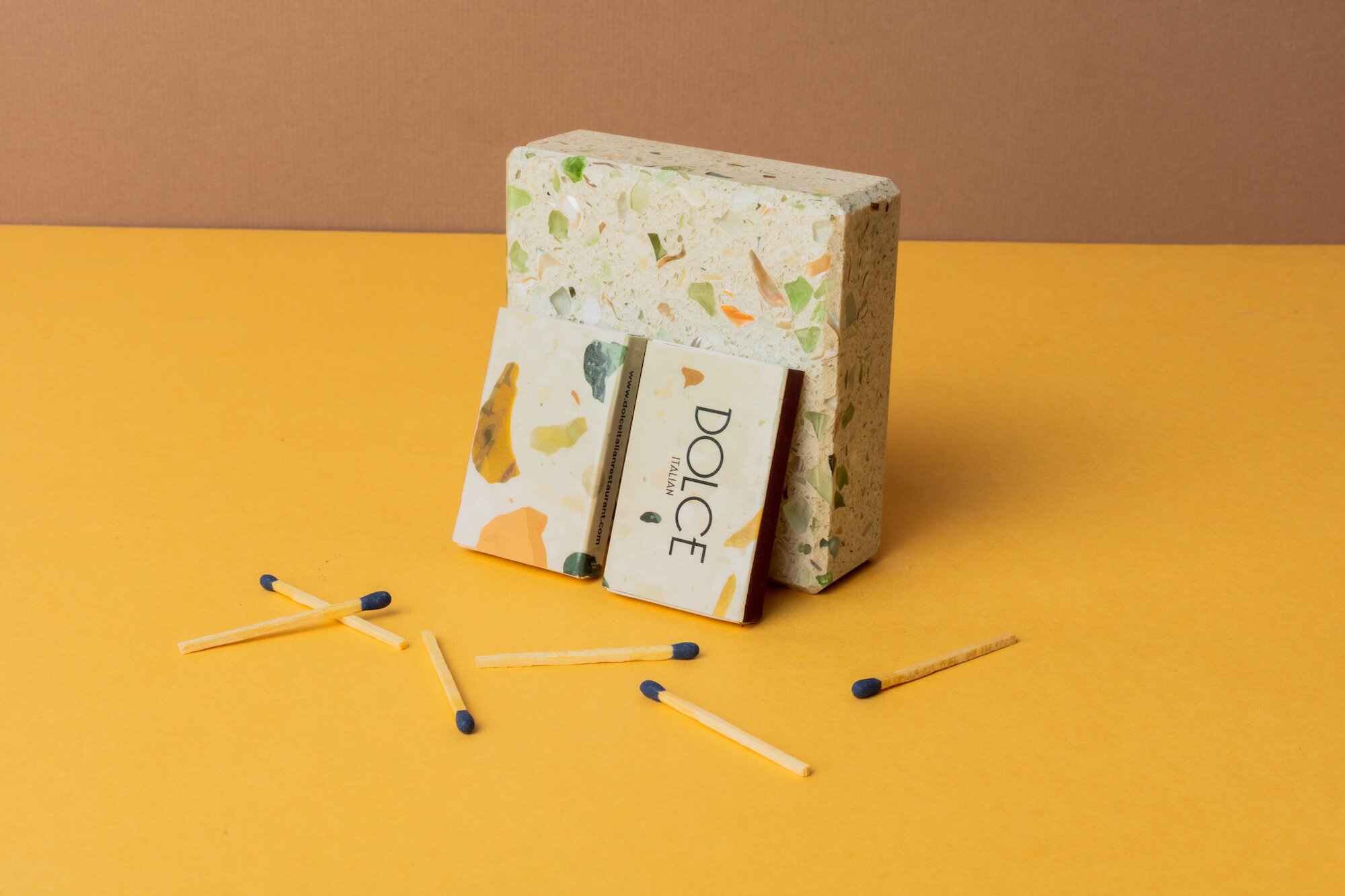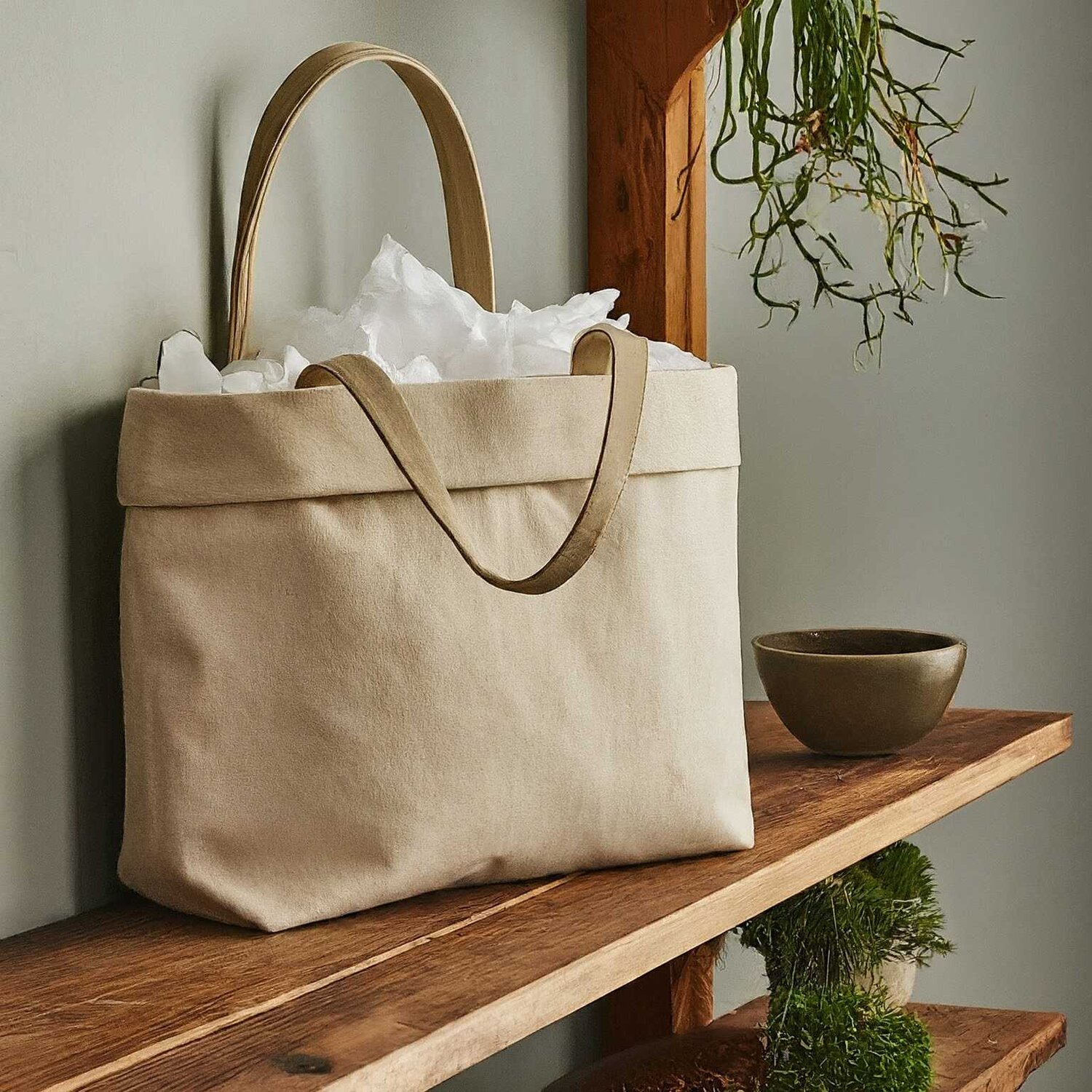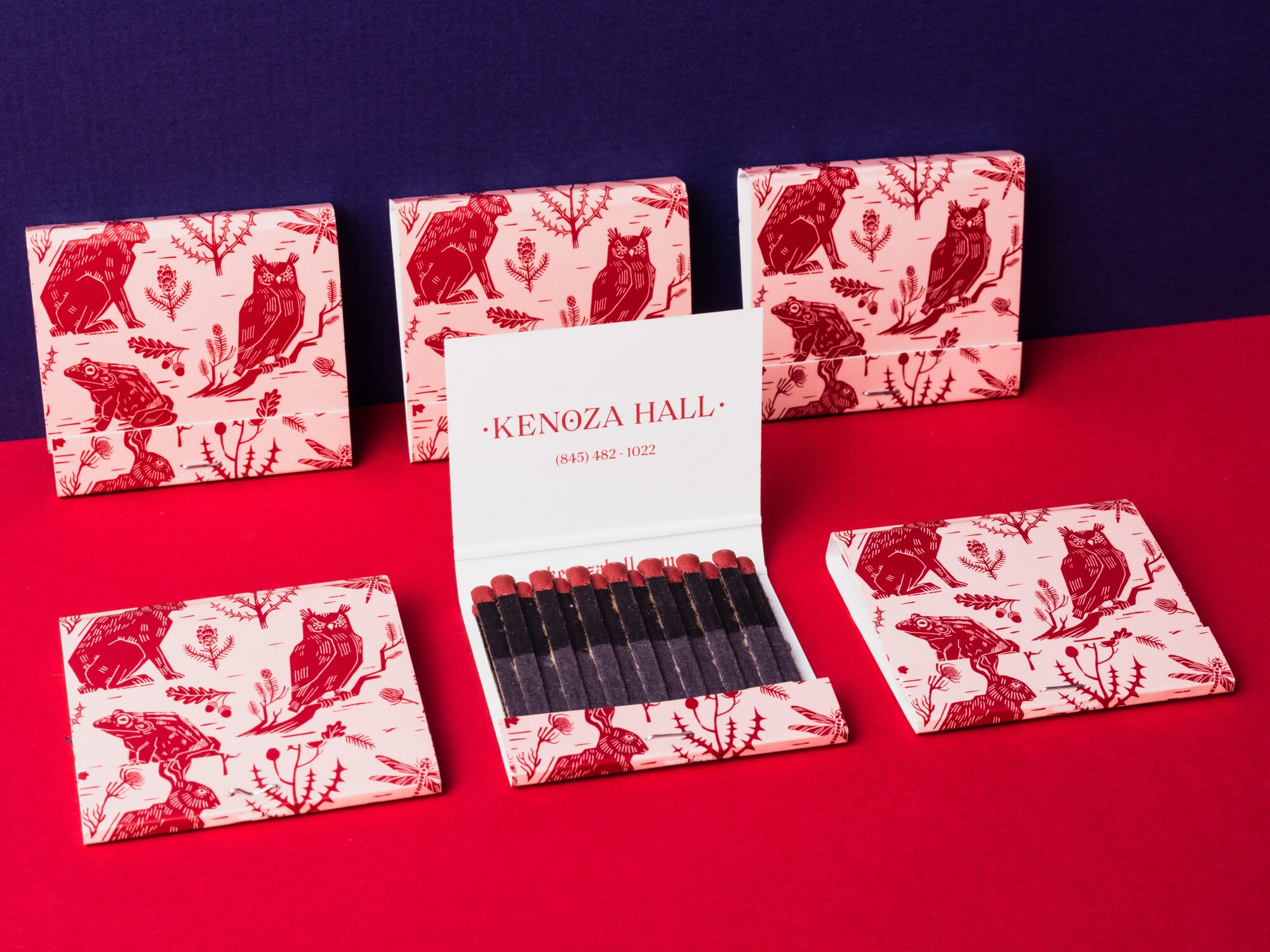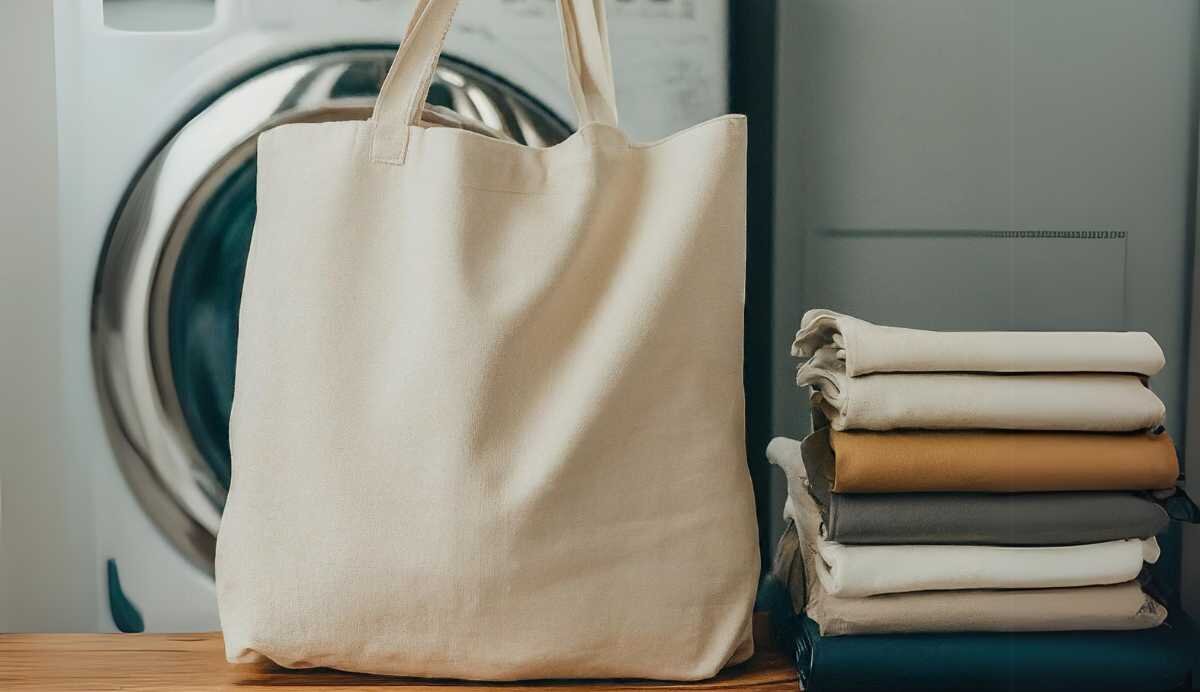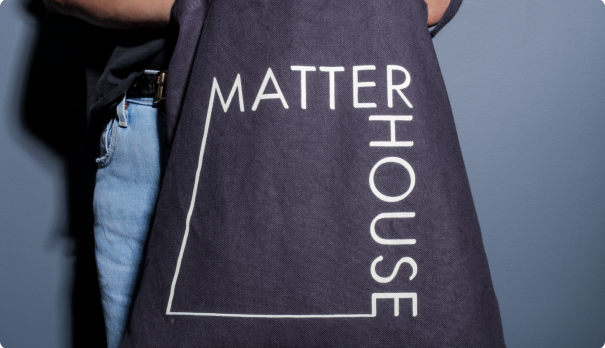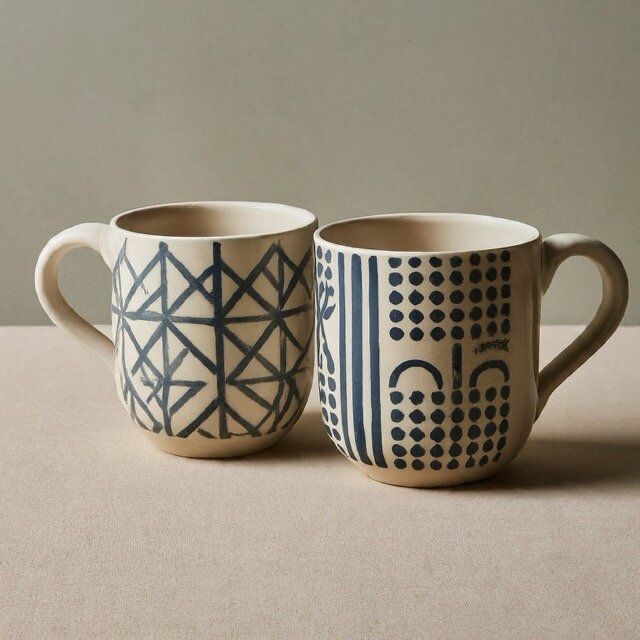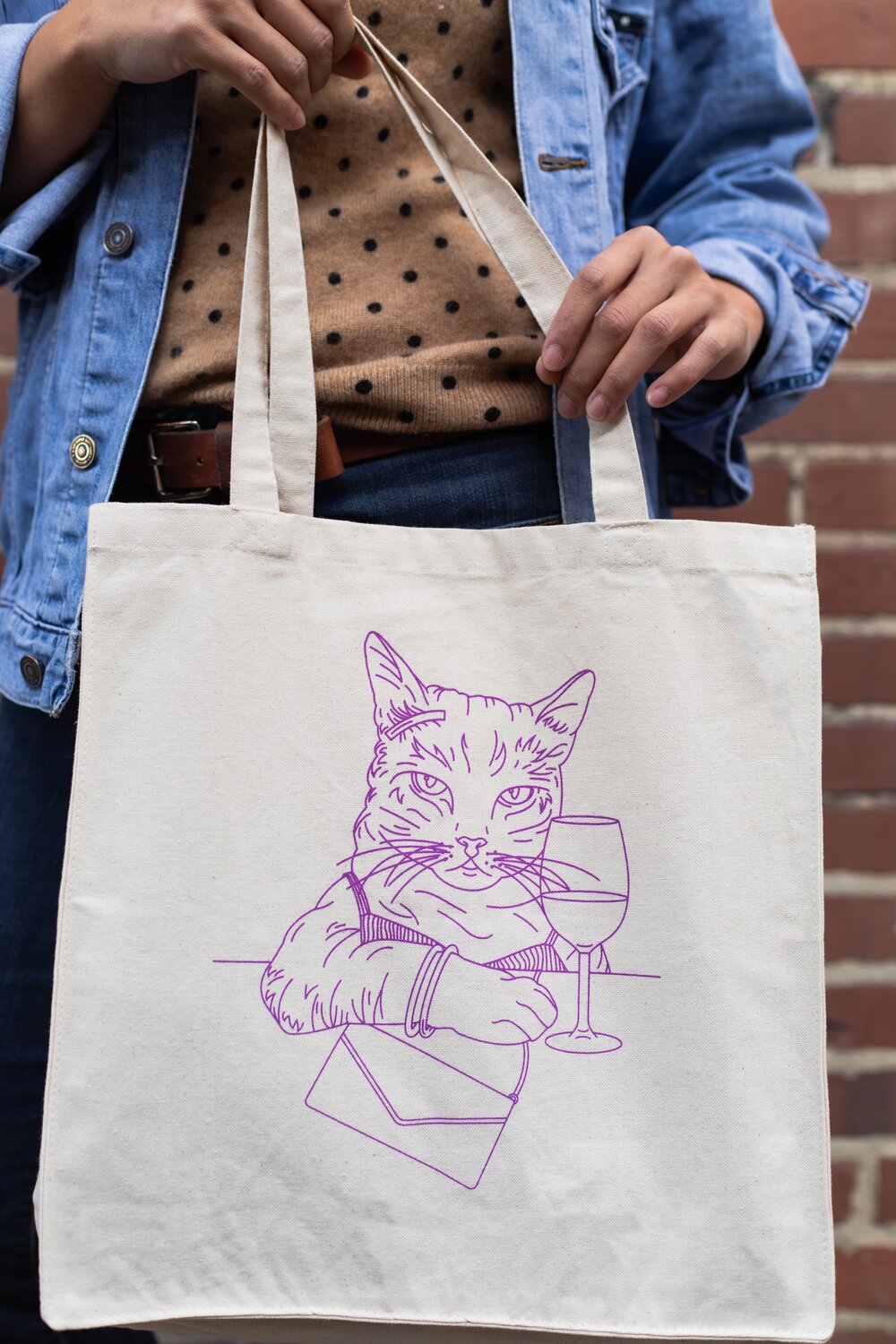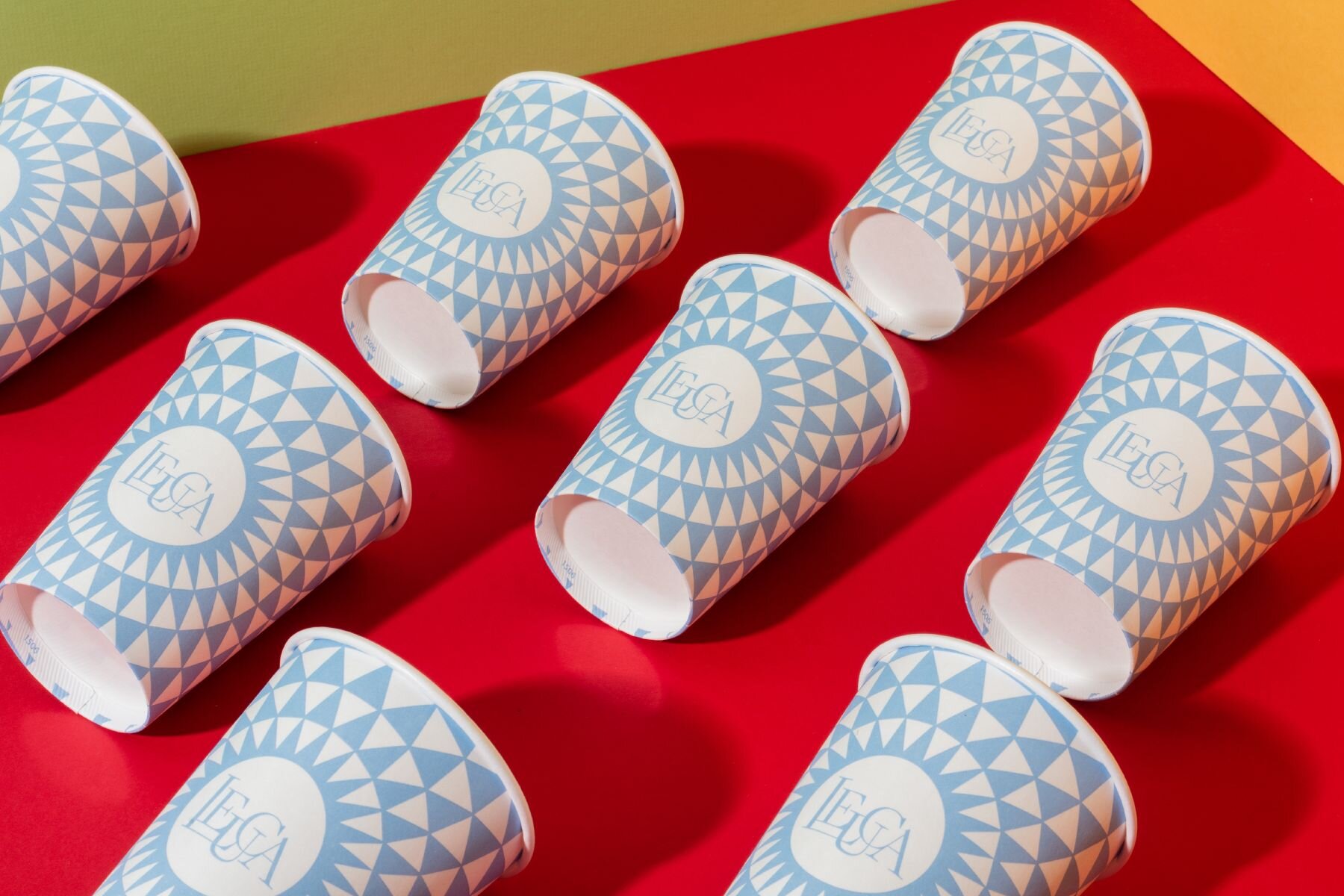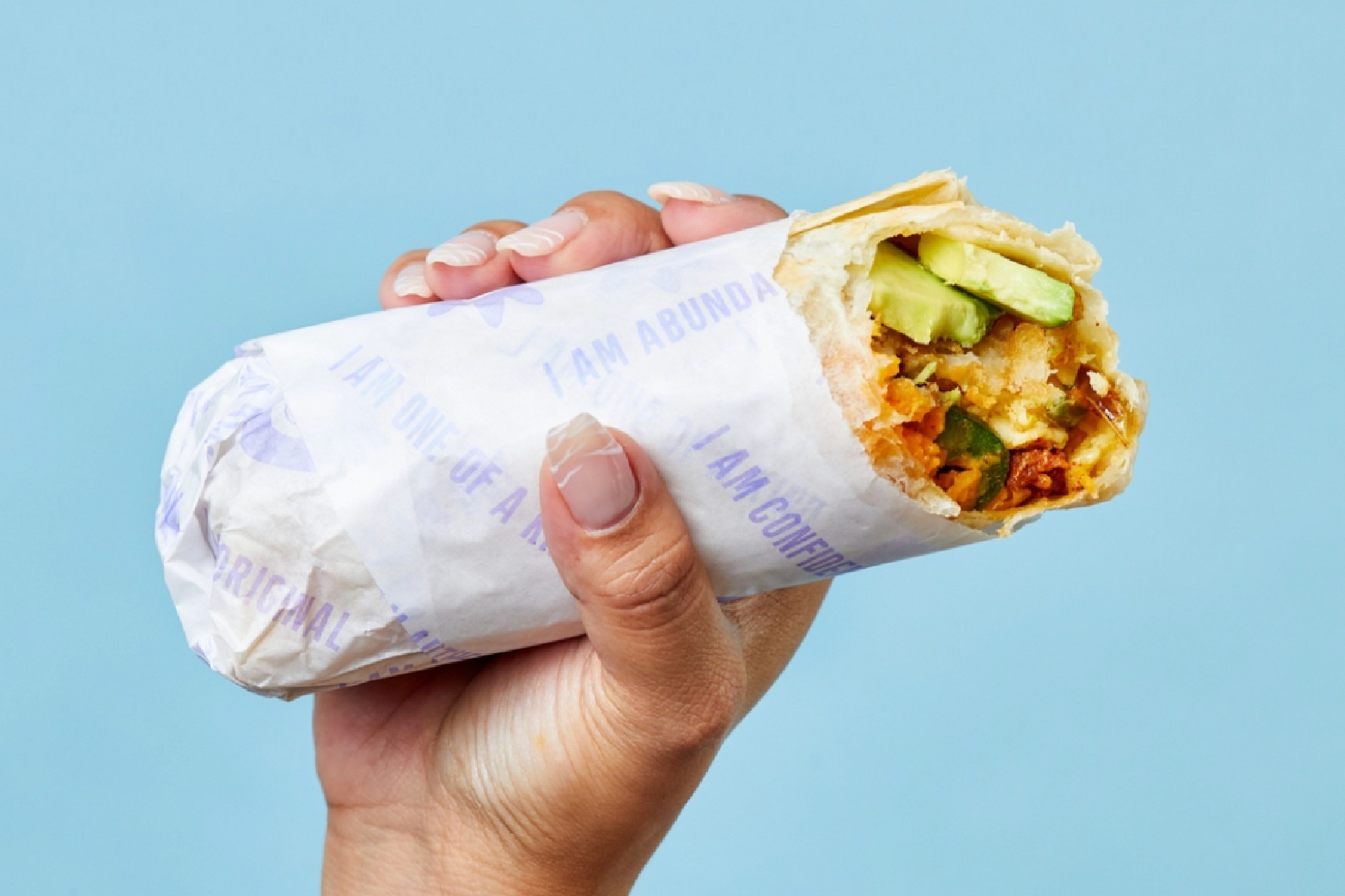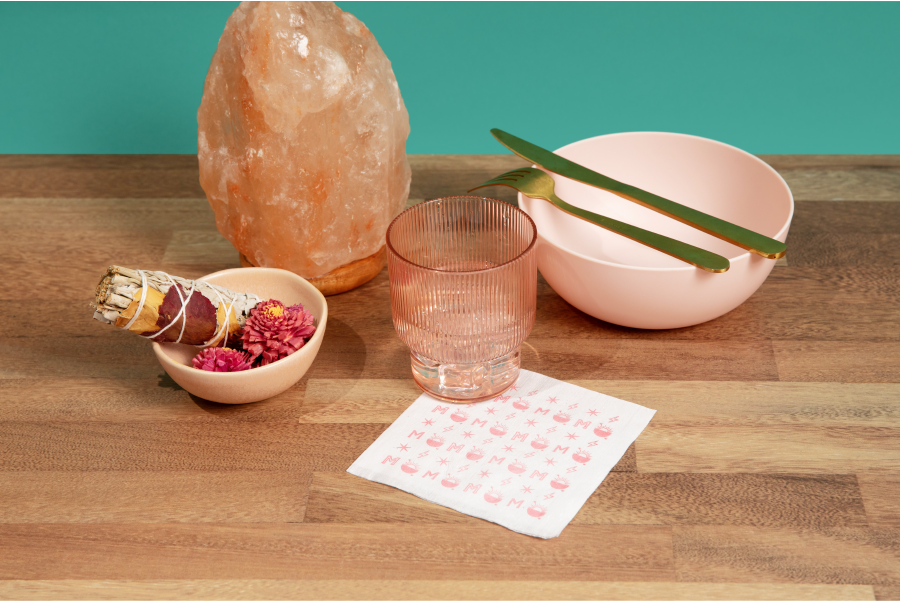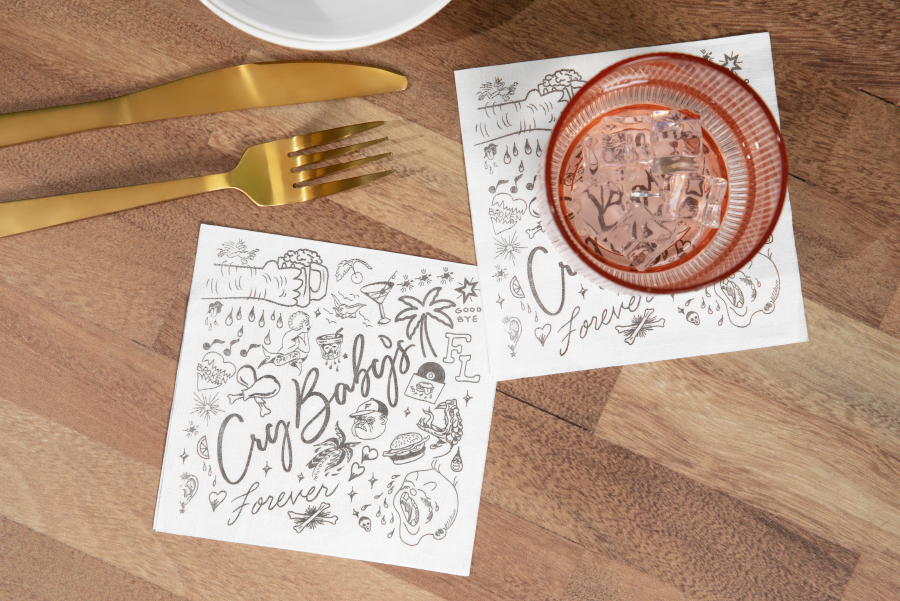Coffee sleeves come in range of types to choose from. Breaking down all you need to understand to make the best choice.
Why does Starbucks opt for thin, single-ply coffee sleeves when it certainly has the budget for either insulated double-walled coffee cups or thicker, corrugated sleeves that offer better protection, albeit at the cost of being bulkier?
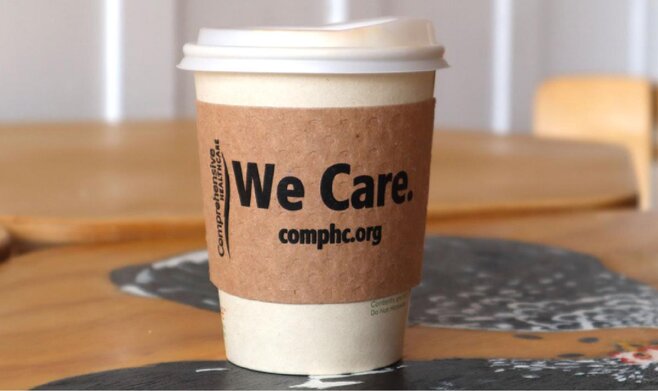
Single Ply Coffee Sleeves
These sleeves are made from a single layer of kraft paper, available in either white or natural kraft material. Different manufacturers offer a variety of options in the paper’s pattern. Many of these patterns create texture, like small hills or a stone-stepping effect, which adds depth to the paper. These textures are designed to create 'air' pockets at various points of contact with your hand, reducing the amount of heat your hand feels. However, keep in mind that these patterns can affect your print design, making it appear 'wavy' or 'jagged.' The smaller the print details, the more noticeable this effect will be.
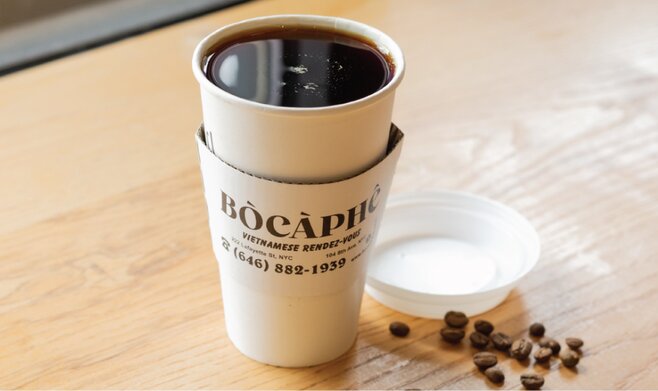
Corrugated Coffee Sleeves
The sleeves offering the greatest heat protection are, by far, the corrugated coffee sleeves. These sleeves feature a smooth outer layer, ideal for a clean, printable surface, combined with a crimped kraft inner layer that creates maximum separation between your hand and the hot cup.
Corrugated sleeves are the most recommended for events and small cafes who aren't branding the actual cups. It has a higher perceived brand value when custom printed and that often is sufficient with blank cups.
Corrugated sleeves are the most recommended for events and small cafes who aren't branding the actual cups. It has a higher perceived brand value when custom printed and that often is sufficient with blank cups.
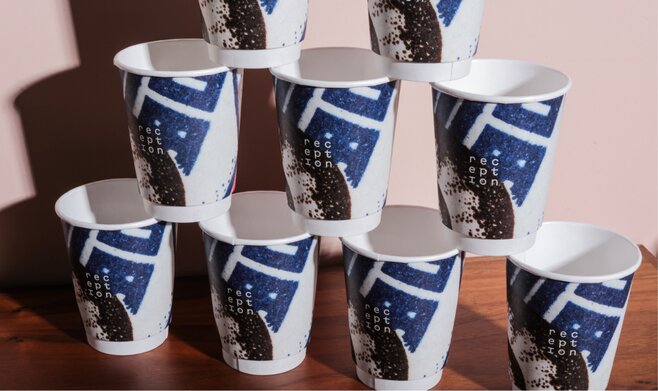
Built in Sleeves: Double Walled Coffee Cups
Double-walled coffee cups are the preferred choice for most coffee shops because they place the lowest operational demands on staff. Answering questions about the location of coffee sleeves can distract staff from helping the next customer during rush service. If your sleeves are positioned away from the counter, customers may have to carry a hot cup a few feet, increasing the risk of a negative experience. Additionally, using sleeves adds another SKU to manage, requiring you to monitor stock levels and know when to replenish.
Double-walled cups, also known as thermal coffee cups, allow your branded design to be visible 100% of the time if you’ve opted for custom-printed cups. Branding your coffee cups and then covering them with a sleeve will obscure your design. Some may choose to custom print their coffee sleeves as well, while others may opt for a blank, non-printed sleeve to reduce costs.
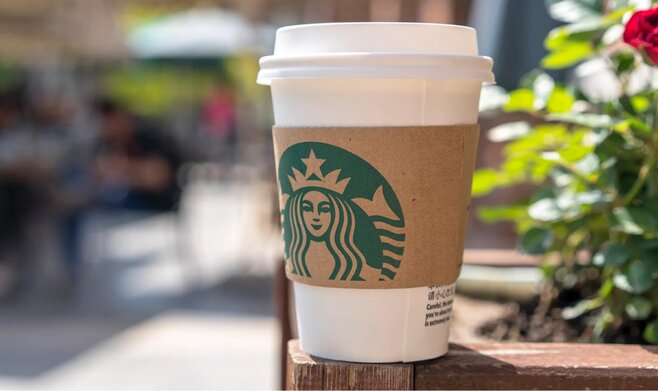
Why Do The Biggest Cafe Chains Use Coffee Sleeves Instead of Double Walled Cups?
Starbucks, Blank Street and other large chains have the resources to have conducted extensive analytical research to determine that the most profitable option is using a single-walled branded coffee cup with a non-branded, single-ply sleeve.
Single-ply cup sleeves cost approximately 35% less to produce. Beyond manufacturing costs, there are additional expenses for shipping and storing these goods. When importing coffee sleeves by the container load, you can fit up to 100,000 more single-ply sleeves in a single container compared to corrugated ones. This difference becomes significant when ordering millions of sleeves.
Double-walled coffee cups are even more expensive to ship and store. You can pack twice as many single-walled cups into a case compared to double-walled ones—1,000 per case versus 500 per case. This translates to substantial savings in shipping and storage costs.
They also consider the potential impact on customer experience when customers need to handle a sleeve to protect their hands from a hot cup. However, after running all the numbers, they've determined that a single-walled coffee cup paired with a single-ply sleeve is the most profitable way to serve a cup of coffee.
Single-ply cup sleeves cost approximately 35% less to produce. Beyond manufacturing costs, there are additional expenses for shipping and storing these goods. When importing coffee sleeves by the container load, you can fit up to 100,000 more single-ply sleeves in a single container compared to corrugated ones. This difference becomes significant when ordering millions of sleeves.
Double-walled coffee cups are even more expensive to ship and store. You can pack twice as many single-walled cups into a case compared to double-walled ones—1,000 per case versus 500 per case. This translates to substantial savings in shipping and storage costs.
They also consider the potential impact on customer experience when customers need to handle a sleeve to protect their hands from a hot cup. However, after running all the numbers, they've determined that a single-walled coffee cup paired with a single-ply sleeve is the most profitable way to serve a cup of coffee.
Join our newsletter
Get access to our best deals, tips, and inspiration
No spam, we hate it more than you do.

